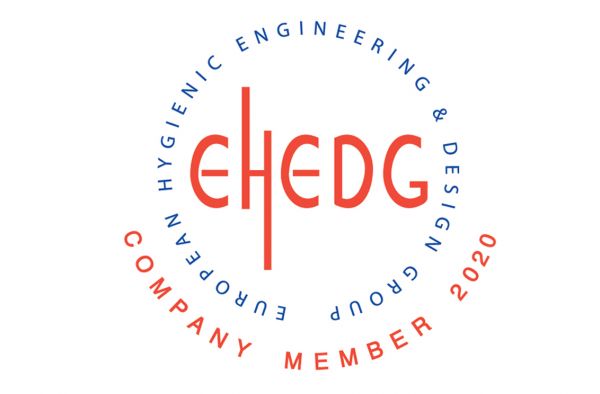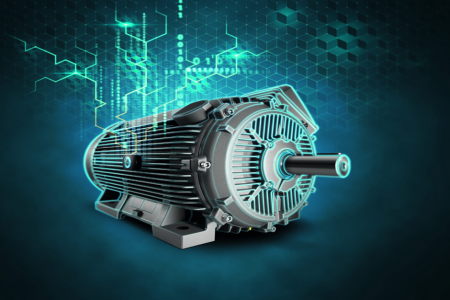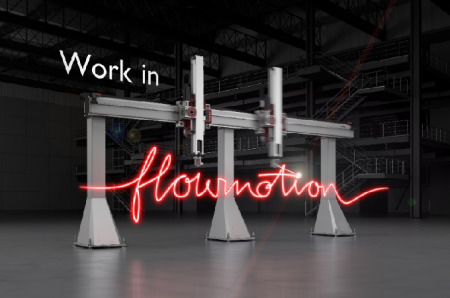
European Hygienic Engineering and Design group was started in 1989 by a group of leading food producers, in order to write hygiene optimised engineering design standards to give to equipment suppliers as part of their procurement process.
CNC Design became involved in the EHEDG methods and ethos since becoming agents for Staubli industrial robots approximately 8 years ago. Staubli robots are the only industrial robots designed in line with EHEDG standards for hygienic equipment design for use in the food industry. Staubli have been optimising their designs for many years now, leveraging off their closed cell arm design they have been honing over the past 30 years. The Staubli HE range of robots have become the default standard for hygienic open food handling in Europe.
EHEDG has local chapters throughout the world, and late in late 2018 the New Zealand chapter was born. The goal is to enhance the knowledge of and skill level in engineering design of hygienic machinery and factories to leverage off the massive advantages it brings.
Designing machinery hygienically, and procuring hygienically designed components and machines for food factories benefits NZ Inc. in numerous ways:
1. Sustainability
a. Less harsh chemicals need to be used to clean.
b. Less frequent cleaning necessary.
c. Less frequent and quicker cleaning reduces the amount of waste liquid produced.
d. Less energy is required for cleaning – cleaning possible at lower temperatures.
e. Less chance of pathogens contaminating food, which would result in discarding affected product.
2. Reduces business risk
a. Food recalls hit business’ bottom line, so reducing that risk to as low as reasonably possible makes sound business sense.
b. Reduces chance of brand damage due to recall.
c. Reduces chance of not being able to fulfil contracts if a hygiene issue is identified before product is shipped.
d. New Zealand is seen as one of the food bowls of the world. Major food contamination/hygiene issues damage our reputation as a whole and our world brand.
3. Increases production & distribution flexibility
a. Food produced in hygiene optimised machinery will have a lower pathogen count, this may mean longer shelf lives for your products.
b. Decreases cleaning time, so can change over products on a line quicker. Smaller batch sizes become economic.
c. Allergen causing ingredients can be more reliably cleaned from machinery between products. (e.g. Same line producing nut and non-nut based items)
4. Boon for staff
a. Less time completing boring cleaning tasks
b. Safer for staff to not need to use such harsh chemicals.
c. Less maintenance and repair, as equipment is designed for its environment.
It clearly takes more design time, more specialist materials and attention to detail during manufacturing to creating hygienically designed machinery. The up-front cost of hygienically designed machinery will almost always be more than non-hygiene optimised alternatives. However the life cycle costs of hygienically designed equipment is much lower due to the reasons above. Therefore buying hygienically designed equipment, created especially for the food production environment will provide immense value to food production businesses.
If you would like to see if a hygienically designed industrial robot would provide the type of value outlined above to your operation, CNC Design would be delighted to introduce you to the Staubli 6 axis, SCARA and Fast Picker HE robot (industrial arm) range. Give us a call.








